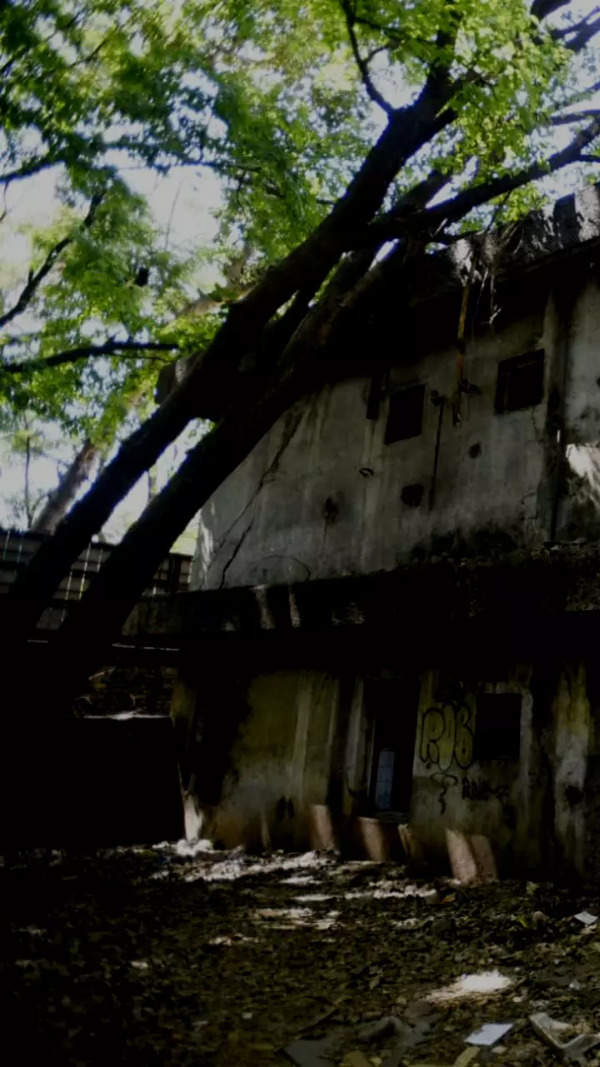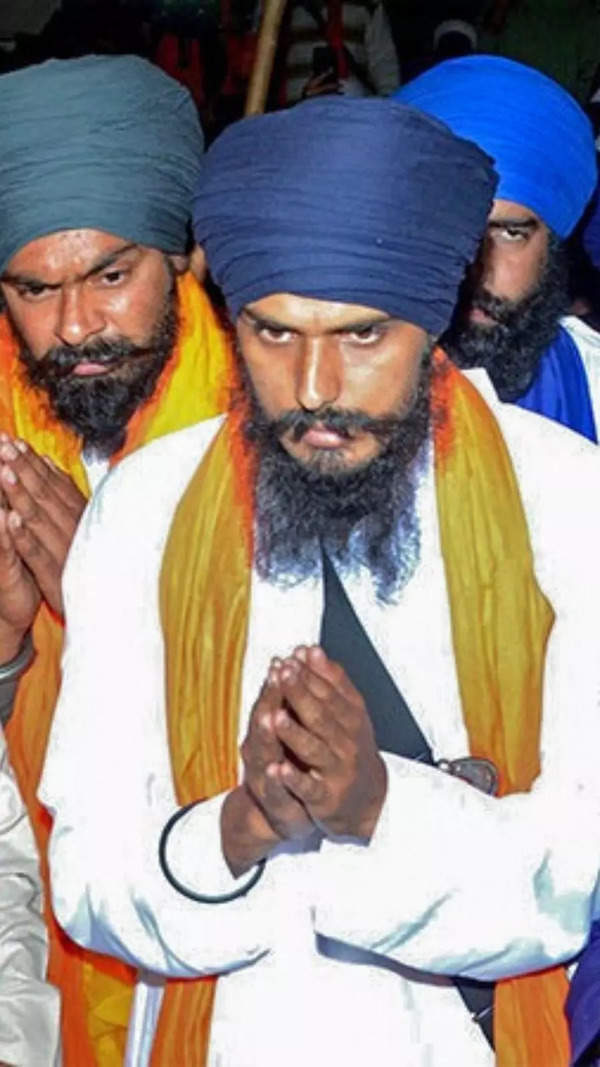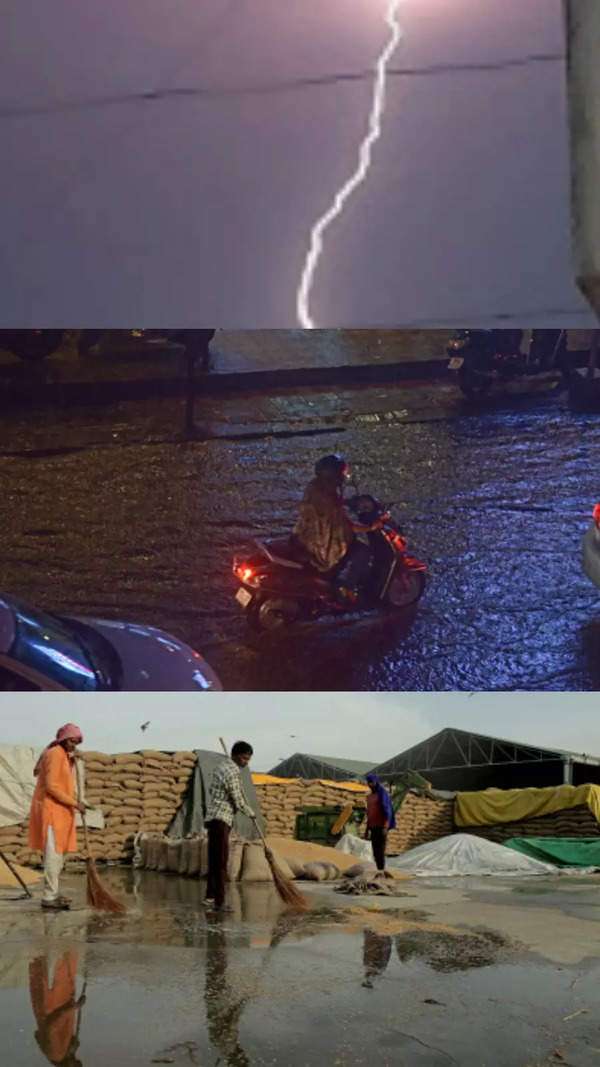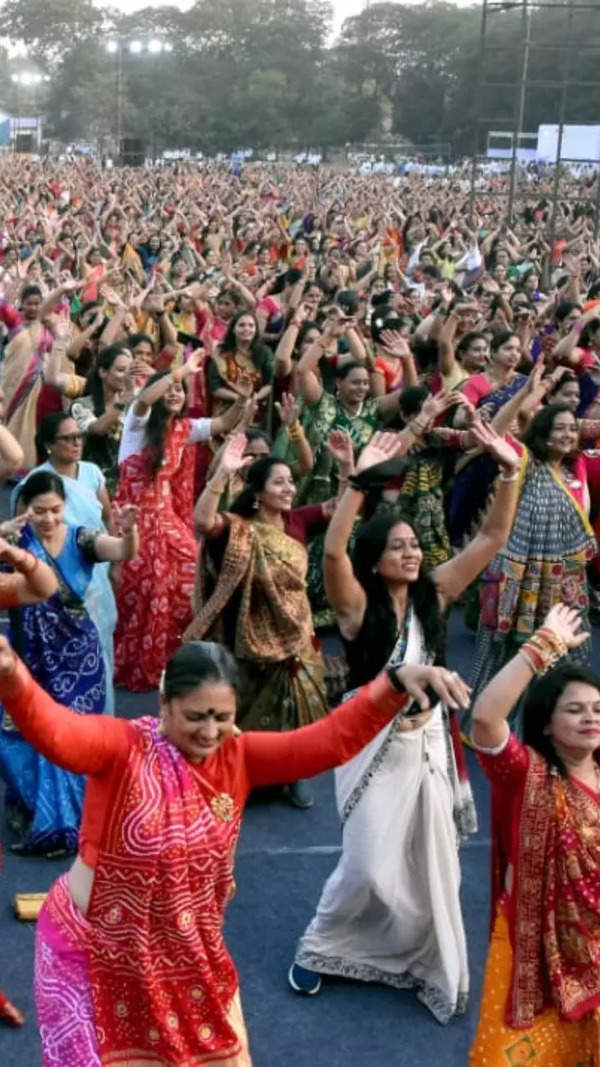- News
- City News
- bengaluru News
- No ‘external factor’ at play, hung house looms in Karnataka
Trending Topics
No ‘external factor’ at play, hung house looms in Karnataka
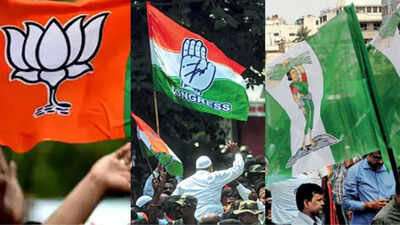
While all three major political parties in Karnataka, BJP, Congress and JD(S), have been claiming that they will win a majority in Wednesday’s elections and some opinion polls have also backed those claims, statistics from the past five elections make an interesting prediction — a hung assembly!
In the five elections in the past 25 years – 1999, 2004, 2008, 2013 and 2018 –only the 1999 and 2013 elections produced a clear mandate. It clearly demonstrates that no political party can win a mandate without significant ‘external help’.
In the 1999 elections, Congress won a majority with 132 seats (halfway mark 113) and a vote share of 40.8%. The massive victory came on the back of a split in Janata Dal.
Janata Dal, which had won the 1994 assembly elections with 115 seats and a vote share of 33.5%, split into JD(U) headed by then chief minister JH Patel and HD Deve Gowda’s JD(S).
JD(S) secured 10. 4% (10 seats) of the votes and JD(U) 13.5% (18 seats). Congress was the biggest beneficiary. The party had barely managed to win 27% votes and 34 seats in 1994, but it increased its vote share to 40.8%. If not for the ‘significant external help’ (vertical split of Janata Dal), Congress may not have won a clear mandate.
There was no ‘external help’ in the 2004 elections which threw up a fractured mandate resulting in coalition governments. In 2008, a Lingayat-centric sympathy wave in favour of BS Yediyurappa, who was seen to have been unjustly denied the CM’s chair, propelled BJP to its best showing ever, but it still fell short of a majority and had to resort to ‘Operation Kamala’ to get the numbers.
With the formation of Yediyurappa’s Karnataka Janata Paksha (KJP) and B Sriramulu’s BSRCP, the 2013 elections saw a three-way split in BJP votes.
KJP polled 9. 8% of the votes and BSRCP 2. 7%, reducing BJP’s vote share from 34% in 2008, to 19.9%.
Congress, again, was the biggest beneficiary. Although its vote share went up by only 2%, the split in BJP votes gave it a clear majority with 122 seats. There was no ‘external help’ in 2018 and the result was obvious — afractured mandate resulting in coalition governments.
“The 1994 and 1999 assembly elections were watershed moments,” said Venkatesh Thogarighatta, CEO of Catribil Consulting, a political consulting firm. “The rise of BJP in 1994 and the split of Janata Dal in 1999 changed electoral politics of the state. Ever since, the three major political parties have held on to their core voter franchise but have not been able to secure enough votes to win a majority on their own.”
He added: “In 1999 and 2013, Congress’ vote share was about 15% to 16% higher than the second largest party, only due to the split in the main opposition party. In the absence of any such external help this time, the numbers are clearly stacked against any party getting a clear majority on their own.”
Congress, however, hopes it will ride to victory on an anti-incumbency wave. But BJP counters it saying voters are aware of the positive impact of its ‘double-engine sarkar’. And JD(S) functionaries are hopeful of becoming kingmaker again.
In the five elections in the past 25 years – 1999, 2004, 2008, 2013 and 2018 –only the 1999 and 2013 elections produced a clear mandate. It clearly demonstrates that no political party can win a mandate without significant ‘external help’.
In the 1999 elections, Congress won a majority with 132 seats (halfway mark 113) and a vote share of 40.8%. The massive victory came on the back of a split in Janata Dal.
Janata Dal, which had won the 1994 assembly elections with 115 seats and a vote share of 33.5%, split into JD(U) headed by then chief minister JH Patel and HD Deve Gowda’s JD(S).
JD(S) secured 10. 4% (10 seats) of the votes and JD(U) 13.5% (18 seats). Congress was the biggest beneficiary. The party had barely managed to win 27% votes and 34 seats in 1994, but it increased its vote share to 40.8%. If not for the ‘significant external help’ (vertical split of Janata Dal), Congress may not have won a clear mandate.
There was no ‘external help’ in the 2004 elections which threw up a fractured mandate resulting in coalition governments. In 2008, a Lingayat-centric sympathy wave in favour of BS Yediyurappa, who was seen to have been unjustly denied the CM’s chair, propelled BJP to its best showing ever, but it still fell short of a majority and had to resort to ‘Operation Kamala’ to get the numbers.
With the formation of Yediyurappa’s Karnataka Janata Paksha (KJP) and B Sriramulu’s BSRCP, the 2013 elections saw a three-way split in BJP votes.
KJP polled 9. 8% of the votes and BSRCP 2. 7%, reducing BJP’s vote share from 34% in 2008, to 19.9%.
Congress, again, was the biggest beneficiary. Although its vote share went up by only 2%, the split in BJP votes gave it a clear majority with 122 seats. There was no ‘external help’ in 2018 and the result was obvious — afractured mandate resulting in coalition governments.
“The 1994 and 1999 assembly elections were watershed moments,” said Venkatesh Thogarighatta, CEO of Catribil Consulting, a political consulting firm. “The rise of BJP in 1994 and the split of Janata Dal in 1999 changed electoral politics of the state. Ever since, the three major political parties have held on to their core voter franchise but have not been able to secure enough votes to win a majority on their own.”
He added: “In 1999 and 2013, Congress’ vote share was about 15% to 16% higher than the second largest party, only due to the split in the main opposition party. In the absence of any such external help this time, the numbers are clearly stacked against any party getting a clear majority on their own.”
Congress, however, hopes it will ride to victory on an anti-incumbency wave. But BJP counters it saying voters are aware of the positive impact of its ‘double-engine sarkar’. And JD(S) functionaries are hopeful of becoming kingmaker again.
Start a Conversation
FOLLOW US ON SOCIAL MEDIA
FacebookTwitterInstagramKOO APPYOUTUBE






